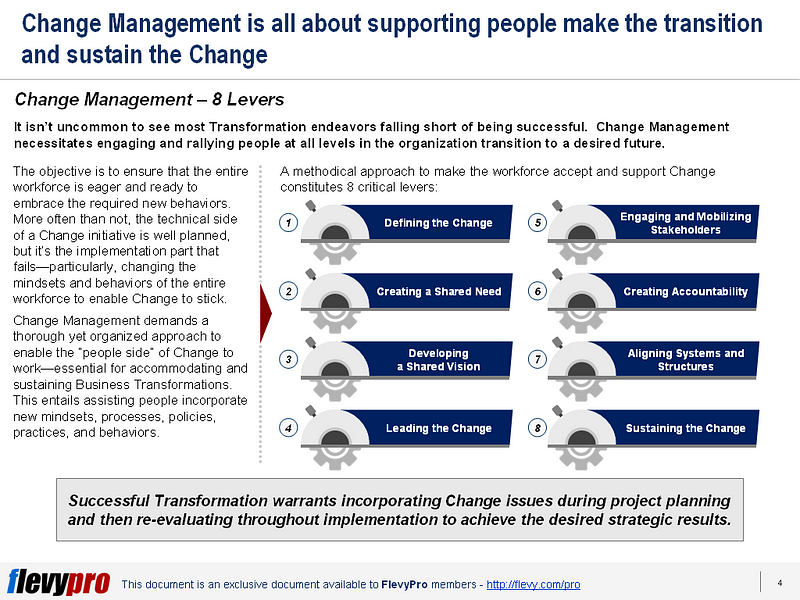 With startups ready to disrupt traditional players, established firms need to form an even stronger bond with their customers instead of waiting for customers to reach out to them.
With startups ready to disrupt traditional players, established firms need to form an even stronger bond with their customers instead of waiting for customers to reach out to them.
The traditional Customer Experience model—referred to as the “acquire what we make” model—is characterized by occasional interaction between the companies and the customers, once a customer ascertains her/his needs and looks for products or services to fulfill them. In this model, companies do all they can to offer quality products or services at a competitive price, while their marketing and operations are based only on brief engagement with the customers. Because of the occasional connection with the customer in this approach, the vendor has little knowledge of the difficulties a customer faces to procure a product or service.
With each passing day the tactics that organizations use to connect with their customers are undergoing rapid transformation. Technology and customized digital interactions provide companies the means to build deeper relationships with customers. Organizations pursuing Customer-centric Design, today, are addressing customers’ needs the moment they occur—or even before that by virtue of “Connected Customer Strategies.”
Connected Customer Strategies call for the companies to maintain customer relationships round the clock (24×7). These strategies demand from the organizations to develop an assortment of new capabilities (e.g., invest in Big data and Analytics), connect with the customers on a regular basis, track their activities, and offer customized experiences and offerings. These strategies are not about using modern technology, rather the methods companies should adopt by using technology in creating delightful experiences and long-standing associations with the customers.
There are 4 distinct Connected Customer Strategies that are instrumental in developing exceptional Customer Journeys:
- Fast Response
- Personalized Recommendations
- Proactive Recommendations
- Automatic Execution
Let’s discuss the first 2 strategies in detail now.
Fast Response
Organizational Leadership needs to carefully consider adopting the most suitable connected customer strategy. The Fast Response strategy, as the name suggests, is about prompt and flawless delivery of required services and products to the customers. To adopt Fast Response strategy, organizations need to ascertain the customer requirements carefully and simplify their purchasing process.
The core capabilities needed to implement this strategy include prompt delivery, minimal friction, flexibility, and precise execution. This strategy is appropriate for knowledgeable yet authoritative customers who dislike disclosing their personal information. Using this strategy, a prompt response to a customer needing replacement of a product should be a simple yet accurate, couple-of-click online ordering process and the order should be delivered a few hours later. The aim of the Fast Response strategy is to reduce the amount of time and energy the customers spend on procurement as much as possible.
Personalized Recommendations
Organizations using Personalized Recommendations strategy help customers identify their needs by presenting various options to them. The strategy involves active involvement of firms in assisting their customers by offering a menu of customized offerings—as soon as the customers have finalized their requirement but before their decision on how to fulfill it.
This strategy is suitable for customers who are willing to share their data with the company and value advice but still hold the final say. With the Personalized Recommendations strategy at work, the journey for a customer needing a product replacement could simply involve the customer’s visiting a company’s website, automatic suggestions to customer about the correct product based on her/his prior shopping history, the customer ordering the suggested product, and receiving the delivery a few hours later.
Interested in learning more about the other Connected Customer Strategies? You can download an editable PowerPoint on Customer Experience: Connected Customer Strategies here on the Flevy documents marketplace.
Are you a Management Consultant?
You can download this and hundreds of other consulting frameworks and consulting training guides from the FlevyPro library.

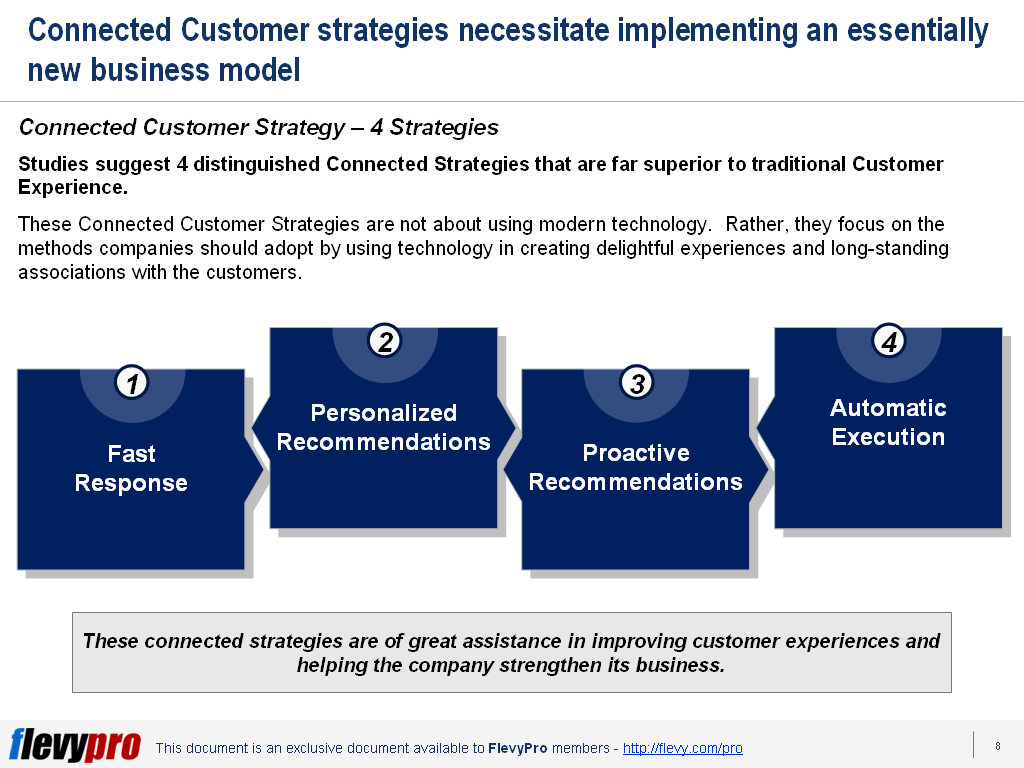


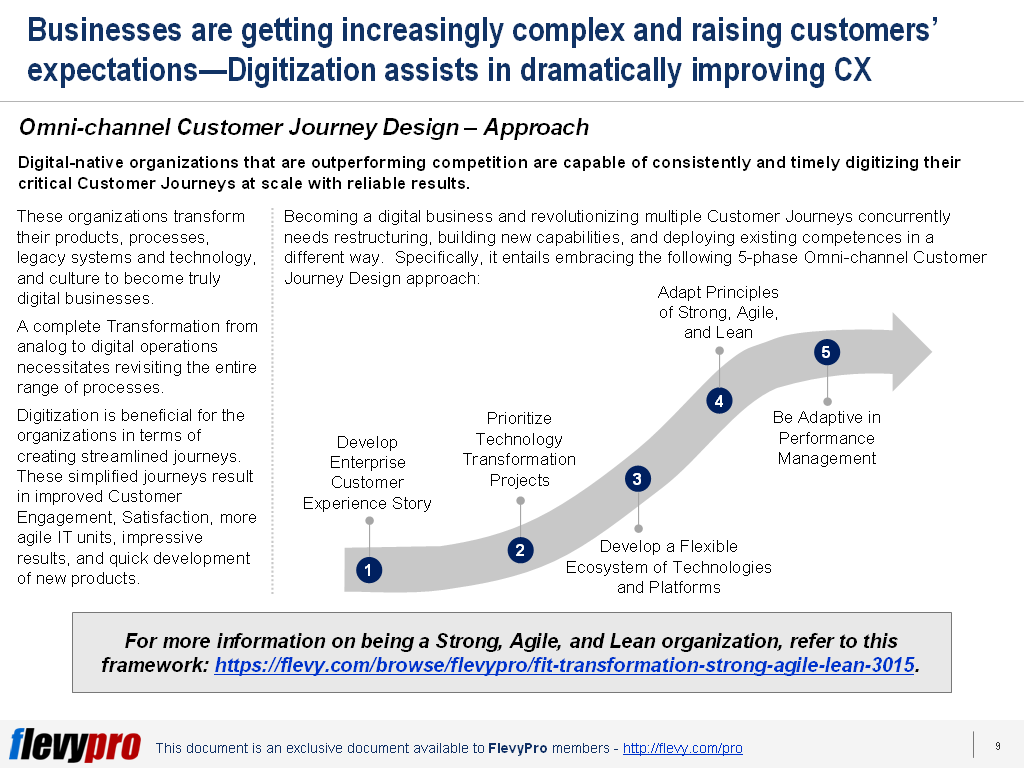

 Disruptive technologies are helping companies automate work.
Disruptive technologies are helping companies automate work. 
 The constant advancement in technology has raised the expectations of customers in terms of their interaction with companies. This digital disruption is also forcing businesses to develop new capabilities and explore innovative ways and means to deliver improved
The constant advancement in technology has raised the expectations of customers in terms of their interaction with companies. This digital disruption is also forcing businesses to develop new capabilities and explore innovative ways and means to deliver improved 

 Digital-savvy startups are disrupting markets and threatening conventional businesses. They are doing this by utilizing technology to offer new products and services and providing tailored yet uncomplicated experiences for their customers.
Digital-savvy startups are disrupting markets and threatening conventional businesses. They are doing this by utilizing technology to offer new products and services and providing tailored yet uncomplicated experiences for their customers.

 The typical approach to improving productivity focuses on assessing variance in quality, time, rate, service, or cost, around which management systems develop incrementally or revolutionary.
The typical approach to improving productivity focuses on assessing variance in quality, time, rate, service, or cost, around which management systems develop incrementally or revolutionary.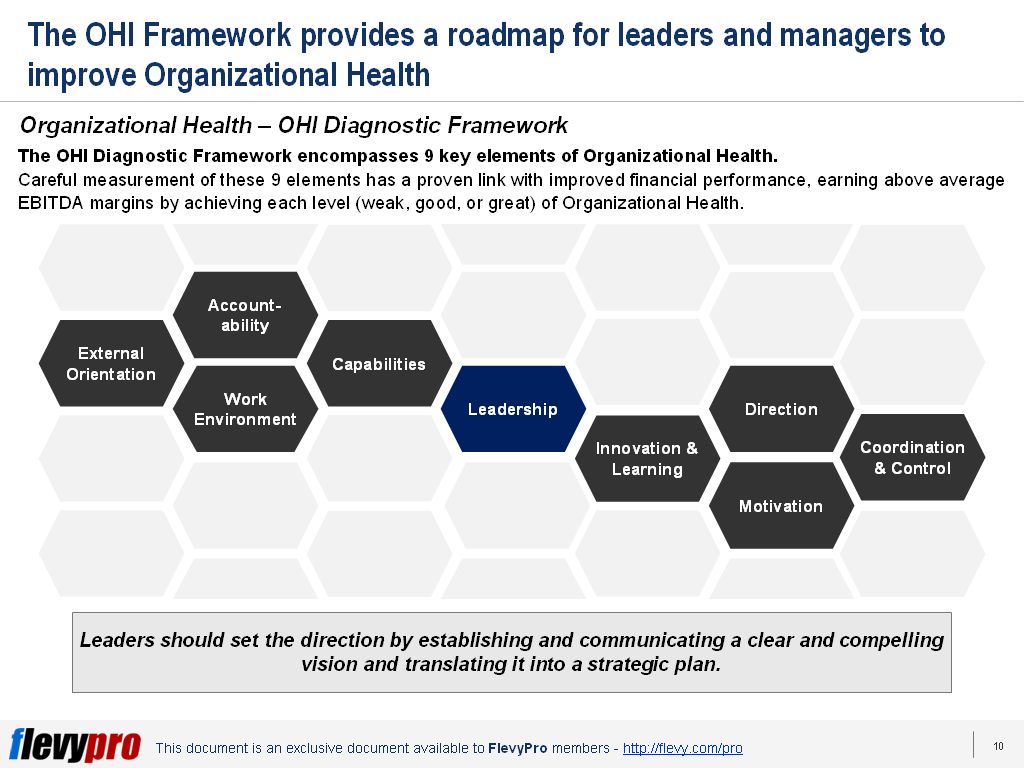


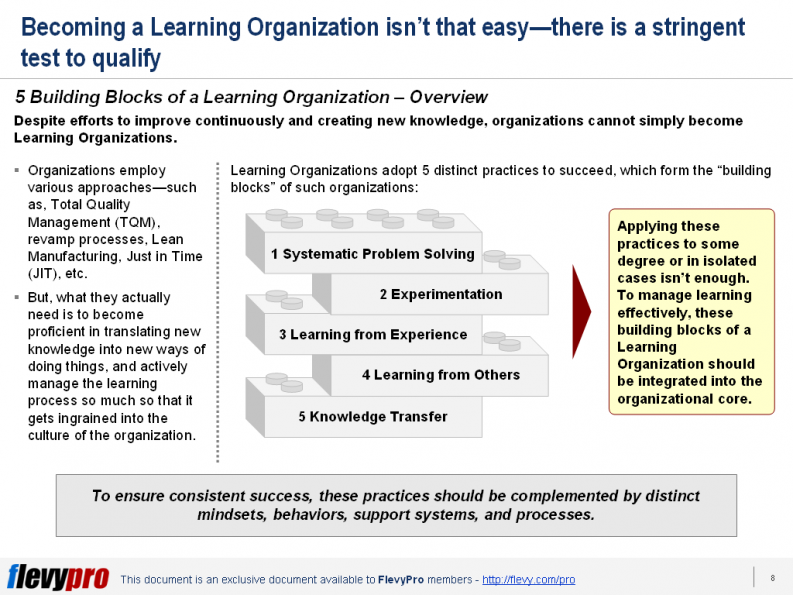

 A large majority of organizations rarely focus on gathering and utilizing customer-centric knowledge. So much so that they even introduce a product without having vital insights on the customer and their unmet needs, and they are often clueless about them. Consequently, many product development initiatives fall flat as managers struggle to filter and evaluate ideas.
A large majority of organizations rarely focus on gathering and utilizing customer-centric knowledge. So much so that they even introduce a product without having vital insights on the customer and their unmet needs, and they are often clueless about them. Consequently, many product development initiatives fall flat as managers struggle to filter and evaluate ideas.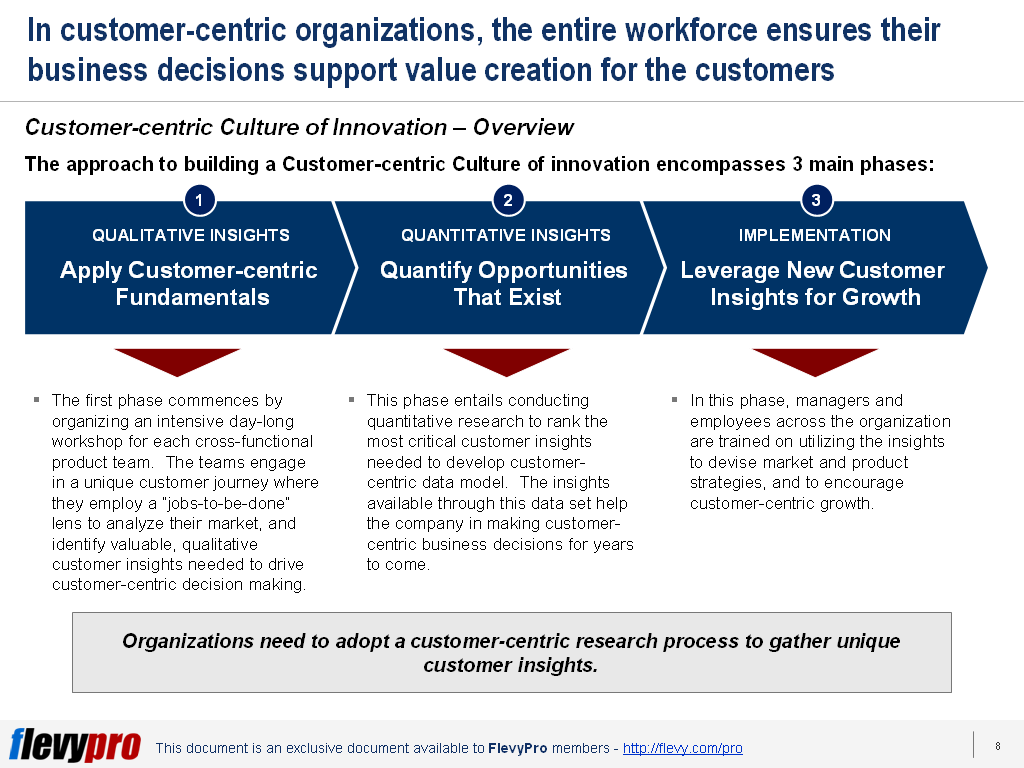

 In this era of rapid change only organizations that are evolving and continuously learning can flourish. Successful organizations discover how to tap their people’s commitment and capacity to learn at all levels.
In this era of rapid change only organizations that are evolving and continuously learning can flourish. Successful organizations discover how to tap their people’s commitment and capacity to learn at all levels.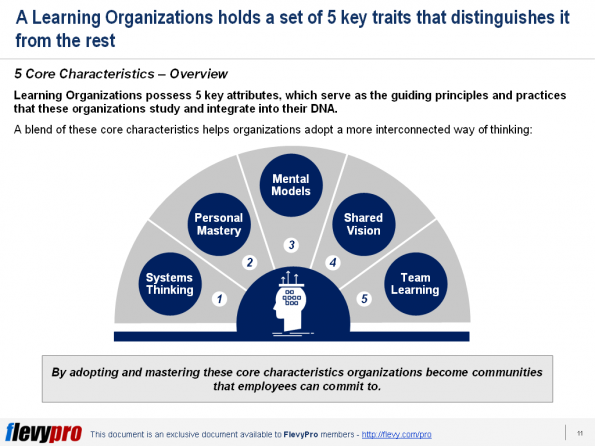

 Most Transformation initiatives fail to achieve their anticipated objectives.
Most Transformation initiatives fail to achieve their anticipated objectives.